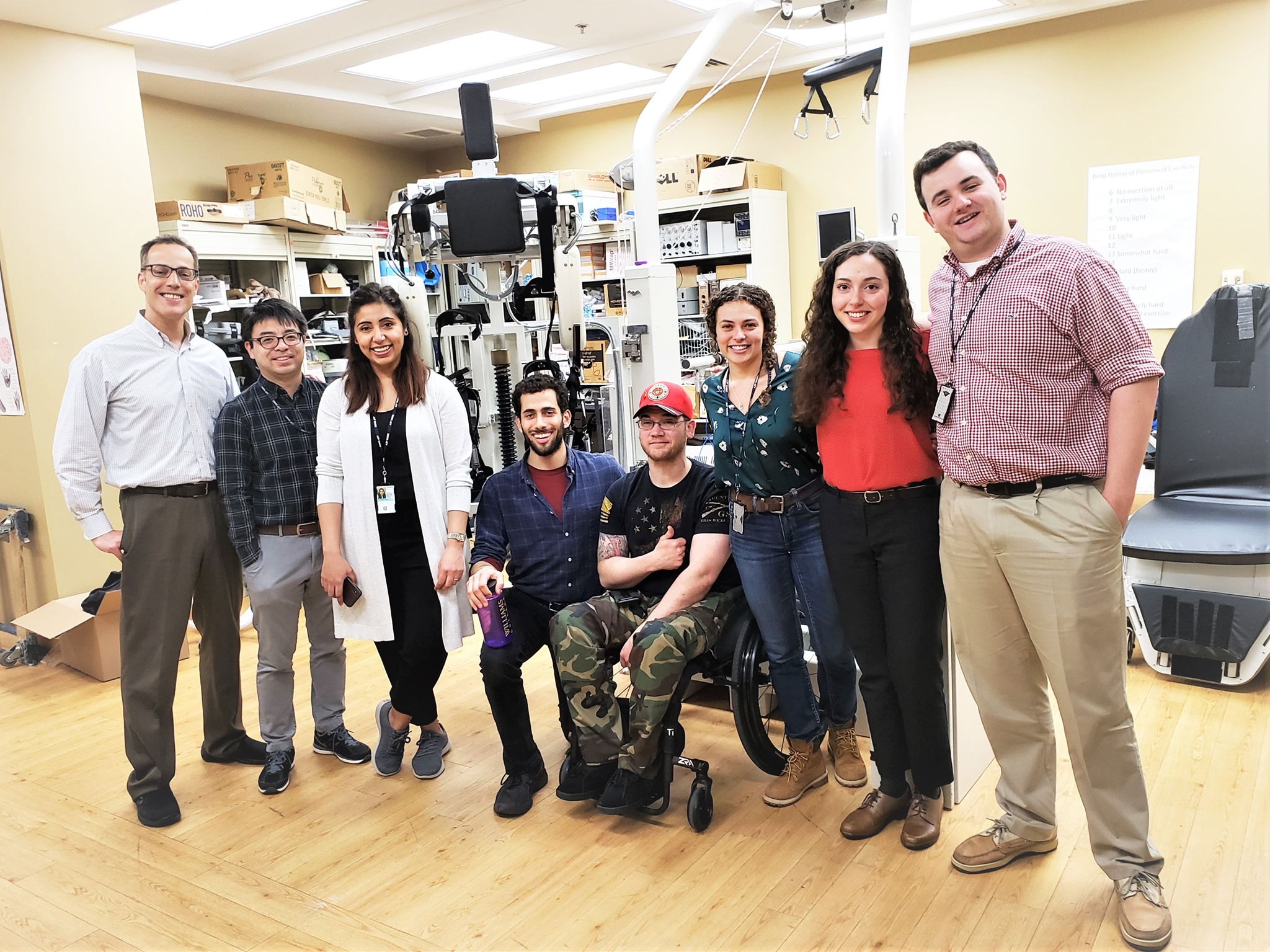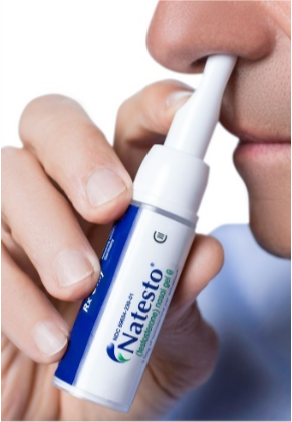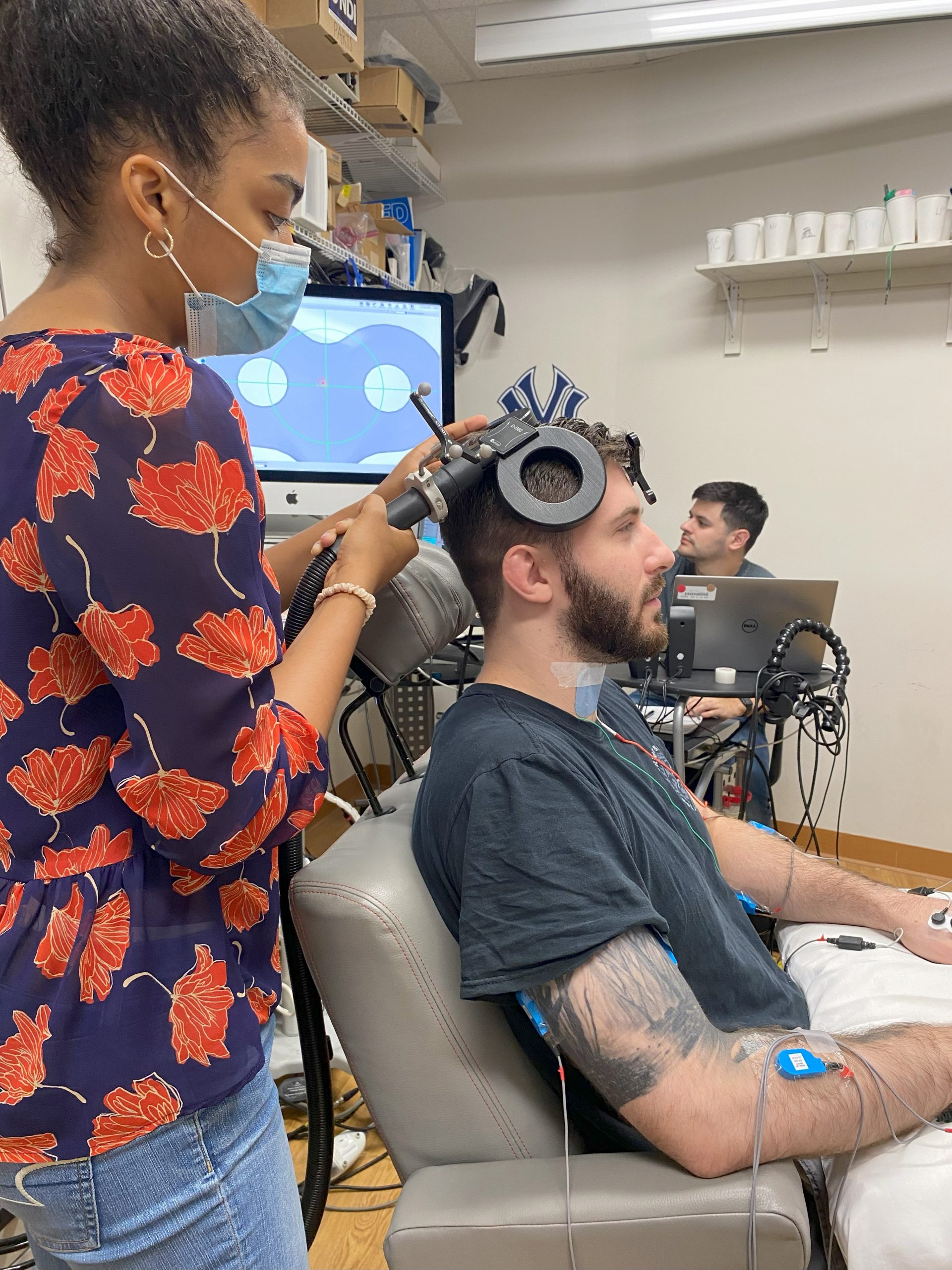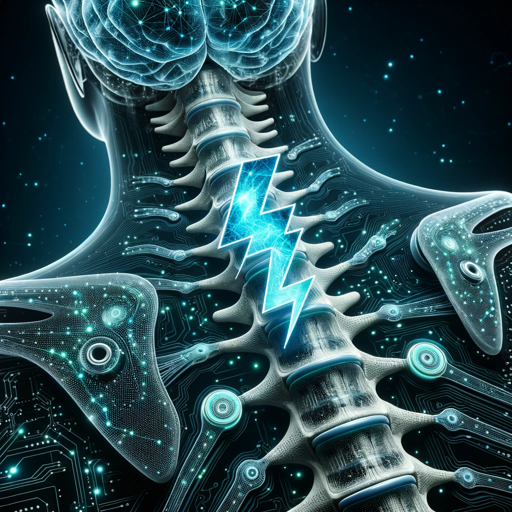Our Research
Most individuals with injury or disease of the spinal cord have residual nerve connections, even if they have trouble moving their muscles.
To strengthen these connections, we conduct multiple studies using different combinations of physical exercises, magnetic stimulation, electrical stimulation, ischemic conditioning, and medications.
Call for participants!
The Neurorehabilitation Program currently has several studies seeking volunteers.
Veterans and non-Veterans are eligible for our research studies.
People with spinal cord injury, amyotrophic lateral sclerosis, or uninjured volunteers are welcome to participate in our studies. For information about specific research projects and eligibility criteria please check out our studies below:
Pairing brain and spinal stimulation to achieve Spinal Cord Associative Plasticity (SCAP)
In this novel study, we are expanding our paired cortical-spinal stimulation program to deliver repetitive stimulation that will potentially strengthen synaptic connections and improve hand strength in people with SCI.
The role of pharmacological agents in restoring neuronal excitability after chronic SCI
This study focuses on the short-term effects of single-dose drugs on restoration and/or normalization of CNS excitability in individuals with weak wrist and finger muscles after cervical SCI. Each drug tested has already gained U.S. Food and Drug Administration (FDA) approval for use in other conditions.
The Role of Androgens in Neurophysiological and Autonomic Function in Male Veterans with Spinal Cord Injury
This study focuses on the short-term effects of a single dose of intranasal testosterone replacement therapy on restoration and/or normalization of central nervous system (CNS) excitability and cardiovascular function in men with spinal cord injury (SCI). Additionally, we will examine the relationships between testosterone concentrations, neural, and cardiovascular function. The intranasal testosterone replacement therapy has already gained U.S. Food and Drug Administration (FDA) approval.
Finding the Best Combination of Brain and Spinal Cord Stimulation with Hand Training after Spinal Cord Injury
This is a follow-up of the ‘Spinal Cord Associative Plasticity (SCAP)’ study. In people with chronic cervical SCI, we will systematically test parameters of brain and cervical spinal cord stimulation such as pulse frequency, number of bouts of SCAP per session, time interval between bouts of SCAP, and the effect of combining SCAP with functional hand exercises. The goal is to determine each participant’s optimal individualized method for delivering repetitive SCAP along with functional hand exercises to obtain a more lasting effect of at least 24 hours.
Spinal Cord Associative Plasticity for Amyotrophic Lateral Sclerosis (ALS)
This is a follow-up of the ‘Spinal Cord Associative Plasticity (SCAP)’ study. In people with chronic cervical SCI, we will systematically test parameters of brain and cervical spinal cord stimulation such as pulse frequency, number of bouts of SCAP per session, time interval between bouts of SCAP, and the effect of combining SCAP with functional hand exercises. The goal is to determine each participant’s optimal individualized method for delivering repetitive SCAP along with functional hand exercises to obtain a more lasting effect of at least 24 hours.






